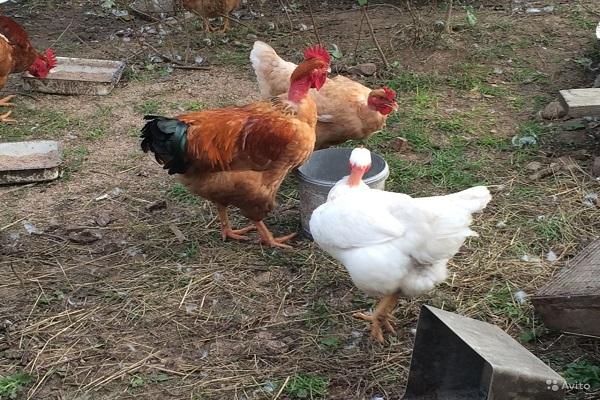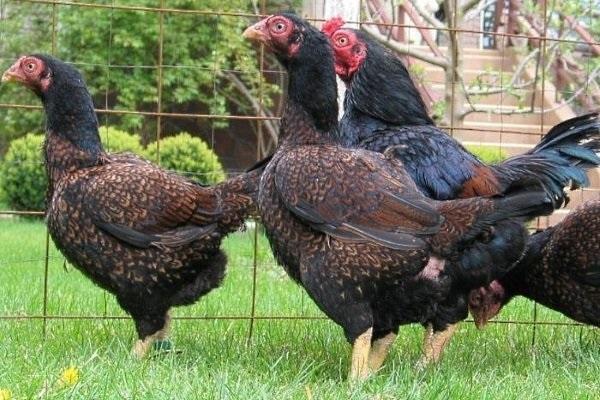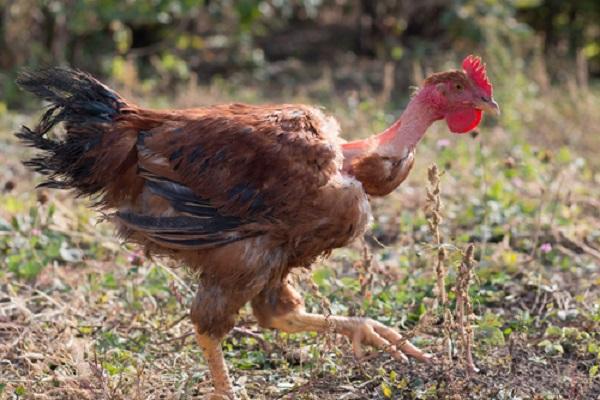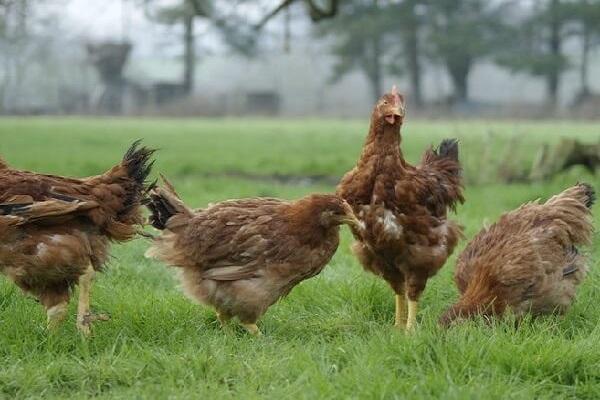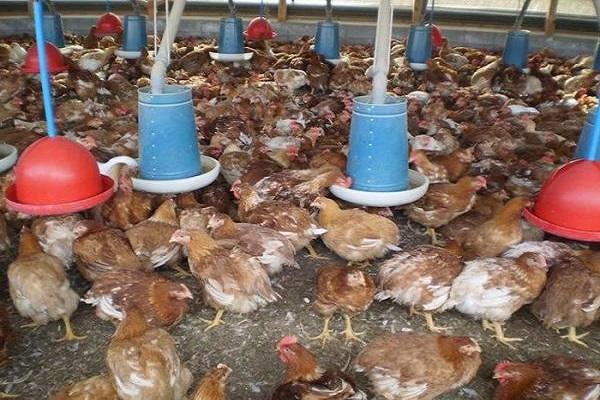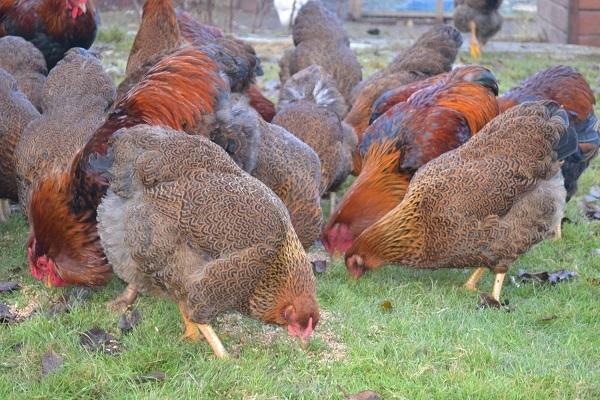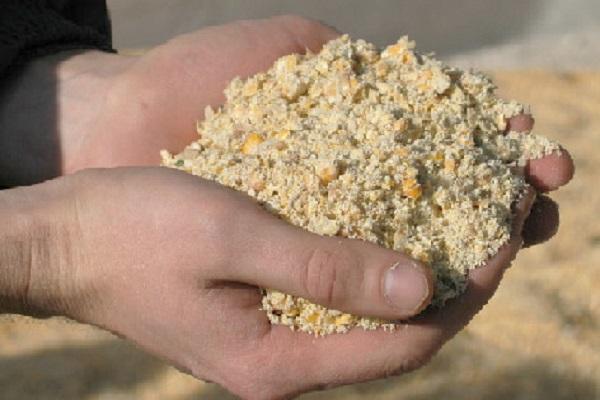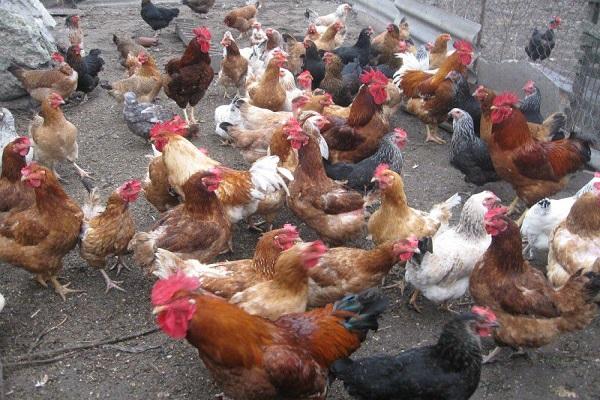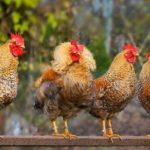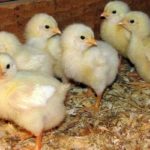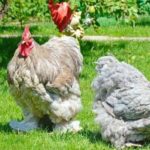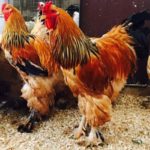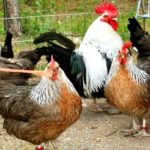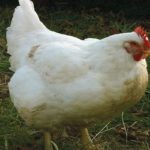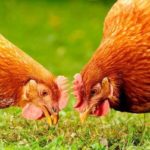The varieties of colored broiler breeds are very diverse. Many farmers choose broiler breeds because they are the most profitable. In addition to producing a large amount of meat, they also produce eggs no less than other chicken breeds. A distinctive feature of broilers is their ability to quickly gain weight; by the 3rd month of life they reach 900 g.
Popular breeds of colored broilers
Every farmer knows about the most popular breeds. There will probably be at least one pair of broiler birds in his chicken coop. This interest is justified by high productivity. After all, they are egg-meat breeds. It is extremely profitable to maintain them.
You need to choose the breed of chicks based on productivity indicators and possible housing conditions. The larger the bird, the more space it requires.
RedBro
They worked on breeding the breed in Great Britain. Currently, it is often grown in the USA and France. The chickens have bright red feathers. Egg production ranges from 16 to 30 dozen per year. Birds of this breed are easy to care for and do not require special nutrition. They also have strong immunity to bacteria and viruses.
Master Gris
French breed of broilers. They are one of the largest types of chickens. Capable of reaching up to 7 kg in weight. Chicks are raised for slaughter for only 2 months, by which time they reach up to 2.5 kg. Chickens begin laying eggs at 4 months of age. The annual egg production is 30 dozen.
The birds themselves are pockmarked in color, with white feathers interspersed with gray and black feathers. The massive paws are yellow and have no feathers. The tail is completely black.
Hungarian giants
Perhaps one of the most unpretentious birds. They are suitable for those new to animal husbandry. The birds have good feather cover, the color is brown, the legs are powerful, yellow. Chickens are frost-resistant and unpretentious in food. Giants are propagated naturally; chickens have a well-developed brooding instinct. In addition to good weight gain, they produce about 20 dozen eggs per year.
Coruel chickens
The coloring of this breed is very interesting. The feather cover is black, the feathers on the chest are dark cherry in color, the beak is yellow, the area around the eyes is red. Roosters weigh 5 kg as adults, and females 4 kg. The breed has a well-developed instinct for incubating eggs, which is why they are suitable for natural reproduction. Egg production is average, about 12 dozen per year.
Important! The survival rate of chicks is only 70%, this should be taken into account when purchasing.
Foxy Chick
One of the best breeds in terms of characteristics. The birds are colored brown. The size of a rooster reaches 7 kg, and that of females reaches 5 kg. The egg production of chickens is high, about 300 eggs per year. The breed is unpretentious in care and food. Birds quickly gain muscle mass. Chickens survive 100%. Foxy Chick has the best productivity and survival rates.
Nacked Neck
If you translate the name of the breed, you get “bare neck”. This is a justified name, since the birds do not have feathers in the neck area, it is naked and red. These chickens were first raised in Hungary and England. At the moment, many farmers prefer them. Adults reach 4.5 kg. These birds are bought for their good egg production. They produce large eggs weighing 60-65 g.
Naked chickens are not afraid of severe frosts and tolerate cold winters well.
Tetra
The birds are colored brown. They have a wide chest and powerful yellow paws. They are distinguished by high egg production. Laying hens produce eggs starting at 21 weeks. In the first year, one hen lays up to 25 dozen eggs. There will be even more in the coming years. Roosters gain weight up to 6 kg, and chickens up to 5 kg. They belong to meat-egg breeds. They require special nutrition enriched with protein and calcium.They are needed for gaining body weight and strong bones.
Sasso
French species with red feathers. Adult roosters weigh 7 kg, and hens 4 kg. The birds themselves are short, have a wide chest and strong legs. The paws are colored yellow and have no feathers. The breed has strong immunity to chicken diseases. The survival rate of chicks is 98%. In addition to meat, chickens produce about 200 eggs per year.
Features of keeping such birds
Broilers require the same care as other breeds. They are suitable for keeping in cages and open chicken coops. Birds need to be provided with optimal living conditions:
- nests for laying eggs for laying hens;
- specialized food for broilers, enriched with protein and calcium;
- insulated room, protected from drafts;
- It is recommended to install rodent protection;
- cleaning is carried out every 2 days;
- disinfection is done once a year or more often;
- monitor the temperature, in summer it should be 20-25 °C, in winter not lower than 5 °C;
- Where chickens are kept there should be free access to drinking bowls and feeders.
In addition to general care measures, it is advisable to inspect birds for ticks and diseases. They also check the chicken coop for ticks. In spring and summer it is recommended to carry out pest control.
It is necessary to install traps for rodents so that they do not disturb the nests of chickens and do not destroy eggs.
Productivity
Body weight gain and egg production directly depend on the quality of nutrition and care. The better the food, the greater the weight gain. This is an important indicator for broilers. Many breeds gain up to 3 kg by the 4-5th month of life. This is a good meat indicator. As soon as the chicken reaches 2.5 kg, it can be sent for slaughter.
If you leave it until adulthood, the quality of the meat decreases slightly. It gets tougher. However, when cooked correctly, it is no different from a young chicken.
The number of eggs is affected by bird care. It is better to protect laying hens from unnecessary stress, in which case egg production is greatly reduced. It is also necessary to carry out preventive examinations against ticks and diseases. A sick bird lays fewer eggs. For laying hens, the same nutrition is left as for meat animals. But you can add more vegetables to your diet.
Important! Broiler chickens are easy to care for and can be raised by beginning farmers.
What do they eat?
Broiler feeding forms the basis for their successful cultivation. Most often, farmers and producers buy specialized feed for broilers. They are enriched with useful minerals, are balanced, and contain some medicinal substances. They help prevent many diseases.
If you don’t want to buy ready-made food, you can make it yourself. To do this you will need the following components:
- chopped corn 0.4 kg;
- wheat dirt 0.2 kg;
- oatmeal 0.2 kg;
- barley turd 0.1 kg;
- sunflower husk 0.15 kg;
- low-fat cottage cheese 0.2 kg;
- fish meal 0.2 kg;
- yeast 2 g.
Mix all ingredients, add whey. The mixture is mixed and fed to the chickens. One individual needs 30-35 g of food. This must be taken into account when preparing. Young animals are fed 4-5 times a day. It is recommended to prepare food before each feeding. It must be fresh so as not to cause health problems.
Caring for colored broilers
Caring for broilers includes several simple activities. For adults and chicks, the conditions of detention are different. Bird care includes:
- diet;
- measuring body weight and calculating weight gain;
- cleaning the chicken coop;
- creating temperature conditions of not lower than 5 °C for adult birds and not lower than 25 °C for chicks;
- air humidity should be at an average level;
- carry out prevention of ticks and infectious diseases;
- there should not be more than 10 individuals per 1 square meter.
In too large an area, chickens waste a lot of energy and do not gain weight.
Possible problems during cultivation
When raising broilers they face problems:
- chickens may peck each other due to lack of nutrients;
- if adequate nutrition is not provided, broilers will not be able to gain weight;
- low weight gain is observed with a large walking area, birds spend a lot of energy;
- due to high humidity, infectious diseases arise;
- Egg production decreases due to mite damage and stress.

